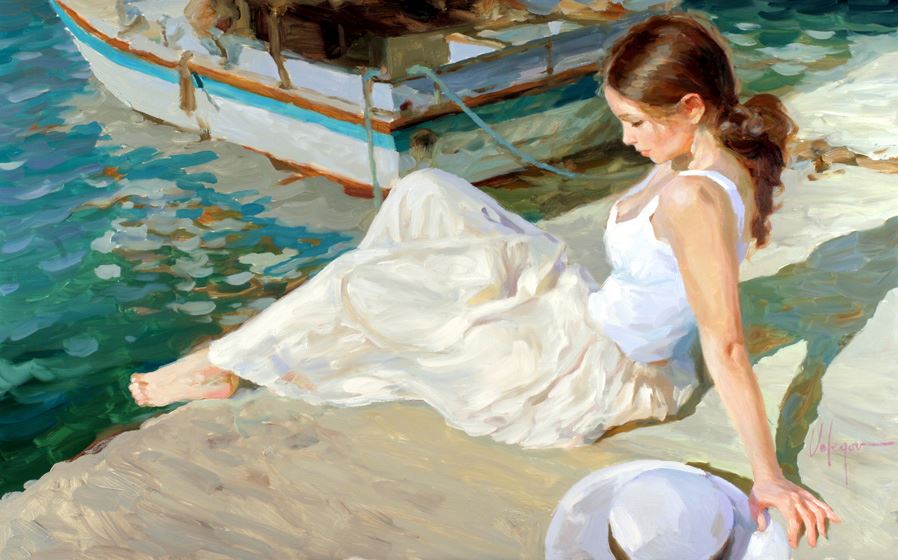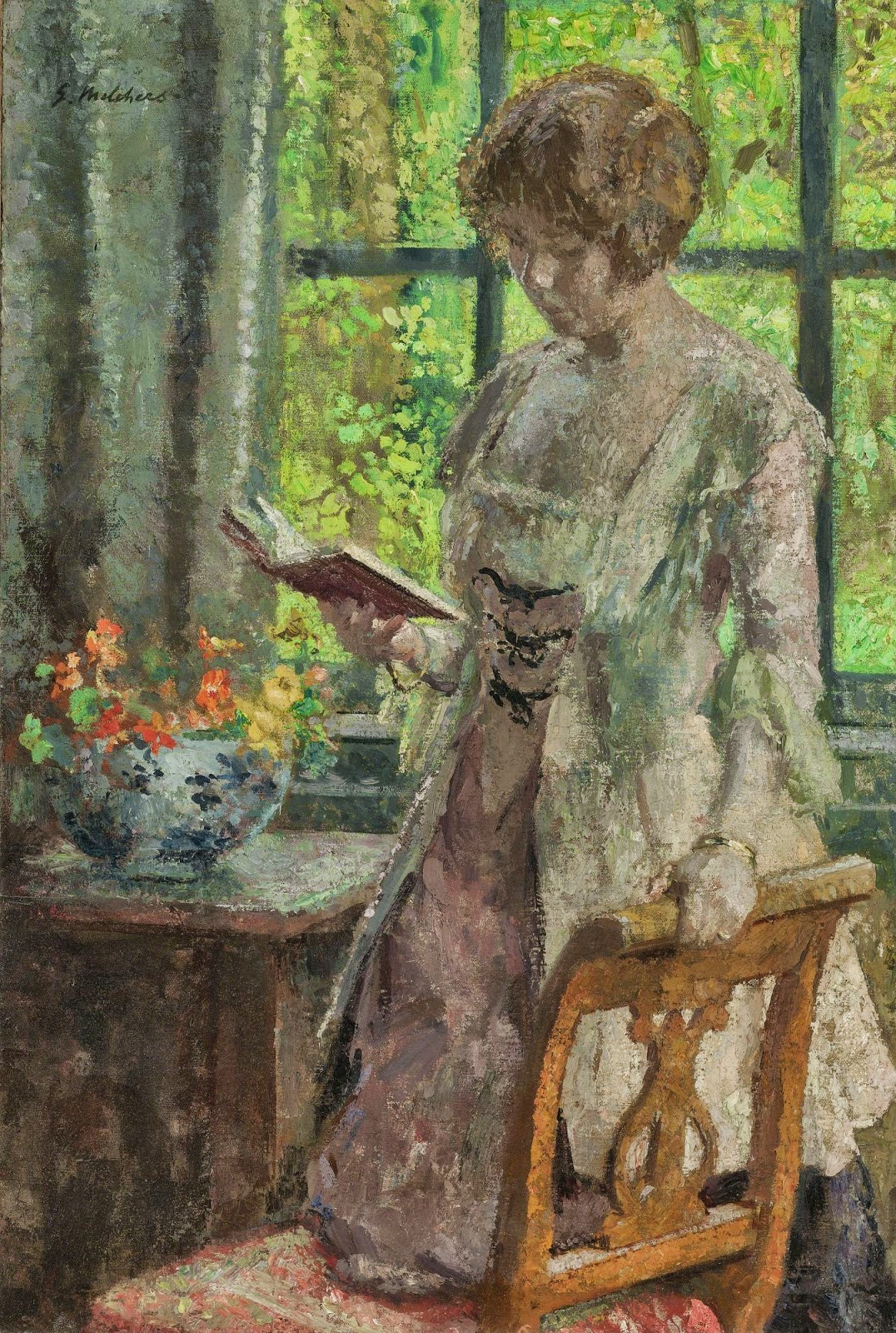Russian painter Владимир Волегов is famous for his figurative paintings with his dramatic use of color and texture he creates a portrait-like treatment of the female form, captured in a frozen, yet living moment, with the surrounding bursts of color and scenery.
Born in Khabarovsk, Russia, Volegov began painting at the age of three and his talent would be noted repeatedly throughout his adolescence.
After having attended the art school, "Krivoj rog" and having served in the army, Volegov was admitted to the lvov polygraphic institute in the former soviet union.

.jpg)


.jpg)




